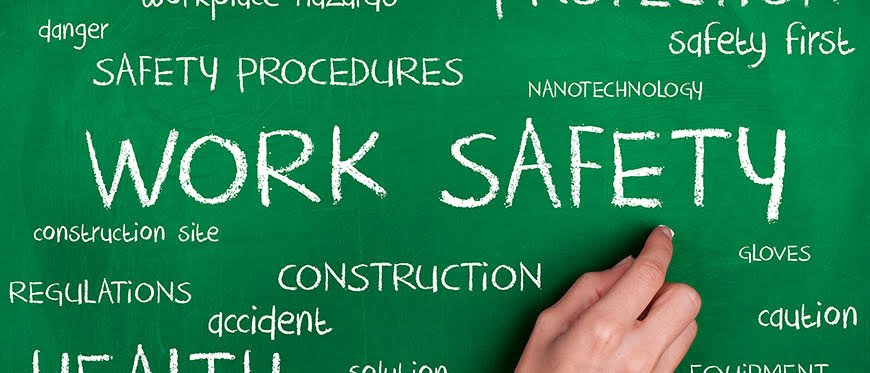Much has been written about “shift work,” and the higher incidence of disease and other health-limiting factors among those who work irregular schedules and long hours. Multiple studies point to serious long-term effects, including higher rates of cancer, diabetes and sleep disorders. Less prominent has been the discussion of a more immediate risk to shift-worker well-being – the dramatic decline in basic workplace safety that accompanies irregular hours.
The difference in worker safety is night and day
The shift-working experience is a challenge for all types of employees, from factory workers to medical professionals. There is the stress of trying to run a life – from getting groceries to doing housekeeping and raising kids – when you’re not on everybody else’s schedule. There’s an almost inescapable fatigue, due to interrupting natural sleep rhythms that prevent you from getting a good night’s rest (even if you can find the time). In addition to the decline in physical abilities when you’re stressed or tired, there is, according to research, a significant drop in mental sharpness, and the ability to process information.
It’s no wonder that accident and injury rates go up 18% during evening shifts (3pm to 11pm) and 30% during night shifts (11pm to 7am). This is costly to workers, and also to their employers: fatigue-related productivity losses total over $136 billion annually in the U.S.
It’s time to shift into high gear on preventive maintenance
The long-term effects of shift work must be addressed by long-term strategies and comprehensive solutions. Thankfully, however, the immediate need for greater shift work safety can be partially met by one immediate fix: Better preventive maintenance.
Improving basic, round-the-clock housekeeping is the easiest place to start. You’ll reduce trip and fall hazards by simply ensuring that production materials, and especially waste, are routinely put in their proper places. You can prevent dangerous slips, and also avoid worker contact with potentially toxic substances, if you have a plan, and a readily available supply of appropriate cleaning materials, to immediately clean up spills. And preventive maintenance of machinery will ward off potentially dangerous, wasteful emissions and overflows.
Beyond basic cleanliness, each workplace should look to its unique needs and formulate shift-work safety strategies accordingly. Does lighting need to be improved during evening and night shifts? Do employee breaks need to be shorter but more frequent during irregular hours? Should employee wellness programs be different for day time and “odd time” workers? Ideally, a cross-functional team, including operations, safety and human resources professionals, will work together to assess specific needs and develop plans to address them.
To help frame up your internal discussions, you can also turn to many good outside resources, such as those produced by non-profits and governmental agencies. For instance, the Canadian Centre for Occupational Health and Safety publishes the “Workplace Housekeeping Basic Guide;” the U.S. National Institute for Occupational Safety and Health publishes many resources, and even puts on an annual “Working Hours Sleep and Fatigue” Conference; and specialty groups, like the National Sleep Foundation publish research and support materials on related topics such as Shift-Work Disorder.
Shift work is unavoidable in the modern, global economy – but the associated risks are not. By planning, preparation and prevention, forward-thinking organizations can better protect their shift workers, and their bottom lines, too.
SOURCES
Medical News Today: The Impact of Shift Work on Health
NIH: Health Promotion and Work: Prevention of Shift Work Disorders
CDC: Work Schedules: Shift Work and Long Hours
OSH (Canada): Workplace Housekeeping: Basic Guide
OHSA: Long Hours, Extended or Irregular Shifts
The National Sleep Foundation: Shift Work and You
